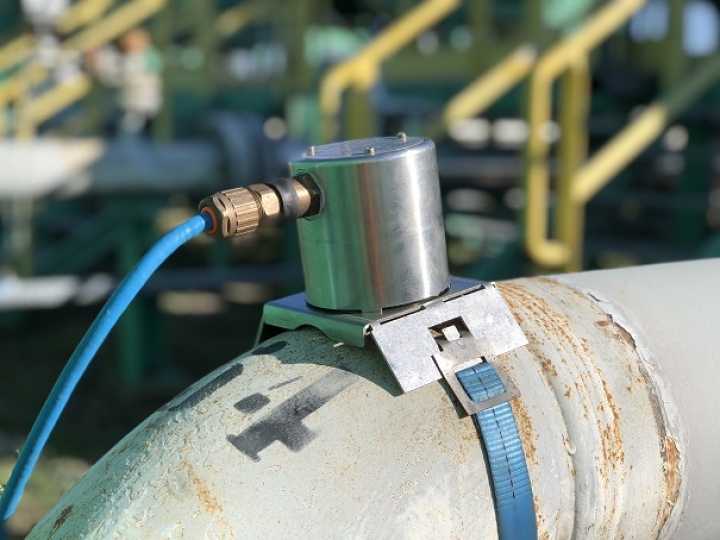/ August 16, 2024
One of the major challenges to extracting hydrocarbons from underground reservoirs is sand. Many reservoirs have unconsolidated sand. It’s presence during production can risk both the operations and equipment. Hence, sand monitoring is crucial for oil and gas production. It ensures efficiency, safety and sustainability.
1. Safeguarding Asset Integrity and Equipment
Maintaining the integrity of production equipment is one of the primary goals of sand monitoring. Over time, erosion can thin the walls of pipelines, weakening the entire system.
Sand can speed up equipment wear in high-pressure environments, leading to potential failures. Regular monitoring allows operators to promptly identify and address sand issues, reducing the risk of costly repairs, unplanned shutdowns, and equipment failures. This will ensure safe, uninterrupted operation and prolong the lifespan of production equipment.
2. Optimising Production and Flow Assurance
Sand production can disrupt hydrocarbon output. When sand builds up in pipelines or wells, it can block or restrict the flow of oil and gas, lowering production efficiency and leading to significant financial losses.
By monitoring sand production, operators can fine-tune production parameters to minimise sand influx while maintaining optimal flow rates. Installing an acoustic sand monitoring system, for instance, helps oversees sand production and enables precise adjustments to production techniques. This optimisation boosts hydrocarbon recovery ensures a steady flow of resources and increases profitability.
3. Ensuring Safety and Environmental Protection
Sand erosion can undermine the integrity of pipelines and other equipment, heightening the risk of leaks, spills or even explosions—events that could have severe consequences for both personnel and the environment. Operators can mitigate these risks, safeguarding their workforce and minimising environmental impact.
Additionally, regulators often require operators to control sand production to prevent environmental impacts. Non-compliance can result in hefty fines, legal issues and reputational harm. By diligently tracking sand paths, operators can comply with environmental regulations like ensuring it does not end up in the sea.
4. Cost Management and Operational Efficiency
Uncontrolled sand production can drive up costs through frequent equipment maintenance, replacements and production losses due to unplanned downtime. Early identification and resolution of sand-related issues can significantly reduce these costs and enhance operational efficiency.
Moreover, using a real-time sand data allows for targeted interventions, enabling operators to focus resources on areas where sand production is most problematic. This approach not only saves time and money but also minimises the impact on production.
5. Embracing Technological Advancements
The importance of sand monitoring has encouraged significant technological advancements. Modern sand monitoring systems utilise advanced sensors and data analytics to provide real-time insights into sand production. The systems in the market can detect particle sizes from as low as 15 microns, depending on flow regime, velocity and viscosity, allowing operators to address issues before they escalate.
Remote monitoring capabilities significantly enhance oversight by enabling continuous sand production monitoring, even in the most challenging and remote environments. Advancements in solar and battery capacities, ensures uninterrupted monitoring in areas without reliable access to power. These advancements have made sand monitoring not only more dependable but also more accessible, further solidifying its crucial role in optimising oil and gas operations.
Sand monitoring is not just a best practice—it is essential. The benefits are clear: it protects assets, optimises production, ensures safety and manages costs. As the industry evolves, sand monitoring will play an increasingly vital role in ensuring the long-term success of oil and gas operations.
By adopting advanced sand monitoring technologies, operators can effectively manage sand production, keeping operations efficient and safe while maximising return on investment (ROI). This strategic approach not only ensures resilience and profitability but also positions operators for continued success in a challenging industry.



